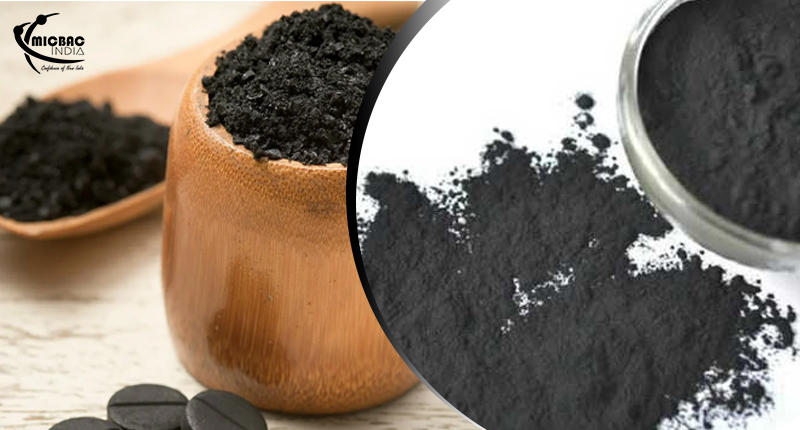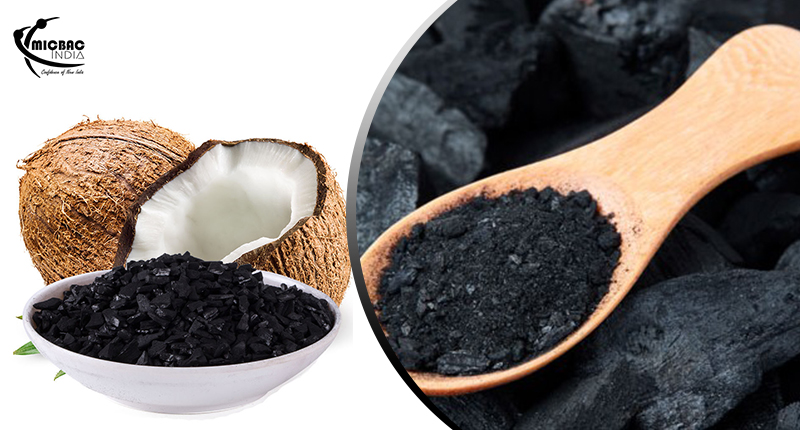Activate carbons are a kind of substance that mainly consists of coal. And this coal of vegetable or mineral-based becomes “active” through a special activation procedure. This process is possible at high temperatures. In special huge ovens with extreme temperatures the coal granules transform into activated carbon and this manufacturing process is the only reason behind the plenty benefits of powdered activated carbon. To know how activated carbon offers such amazing benefits for differentindustries, knowing the science behind the activated carbon is mandatory. Let’s read a few points which will help you in knowing the component better—
The function of the activated carbon powder mainly depends on the following three mechanisms—
Chemical Action:
This action is a catalysis action towards the decrease of some inorganic groups.
Chemical-Physical Action:
The main quality of activated carbon is absorption power. And through this power, activated carbon can retain some specific molecules in the sponginess.
Physical Action:
Activated carbon is best known for its filtration power. A bed of activated carbon can do mechanical filtration and for this reason, activated carbon is used in the gold purification, water purification process.
Some useful applications of Activated Carbon:
The powdered activated carbon is used in different industries. From water purification to winemaking, various industries are getting advantages from it. Here are some of the applications of activated carbon—
- It is used to remove unpleasant odors or flavors from foods and beverages.
- In the water purification industry, activated carbon removes the impurities from water. It also treats wastewater.
- An activated carbon bed is best to use in the mineral filtration process.
- Nowadays, various skincare products are available which are made with activated carbon.
A brief history about the use of carbon:
- Indians are using charcoal for ages in the water purification process.
- In 1500 BC, Charred wood was used in Egypt as a medical absorbent and purifier.
- Till the 19th century, powdered activated carbon was used as a commercial product. This carbon was wood-based and quite popular in the country.
- In the US, activated carbon was first introduced as a black ash. After an accident, they realized that the ash is a great bleaching agent. Since then, activated carbon is used in different industries, especially in the textile industry.
Nowadays, activated carbon is used in different industries. It is available in different sizes and prices as well. If you are looking for the best quality powdered activated carbon, then MICBAC is the ultimate option for you. From coconut shell-based activated carbon to coal-based, you will find the best range of activated carbons here.


